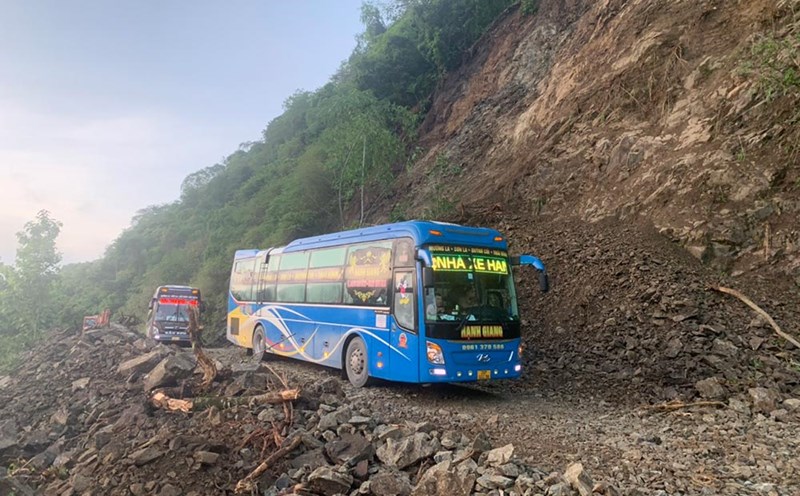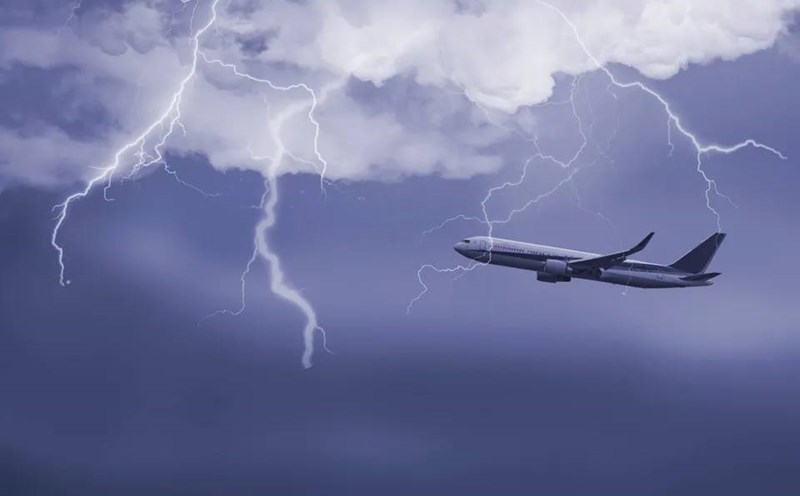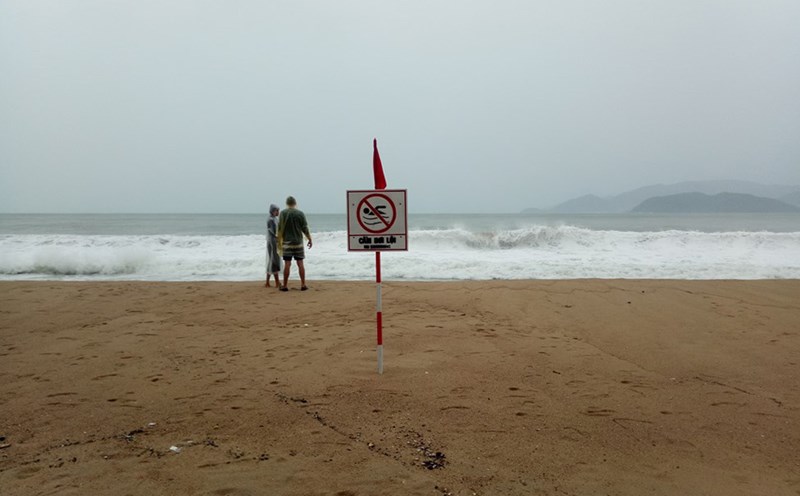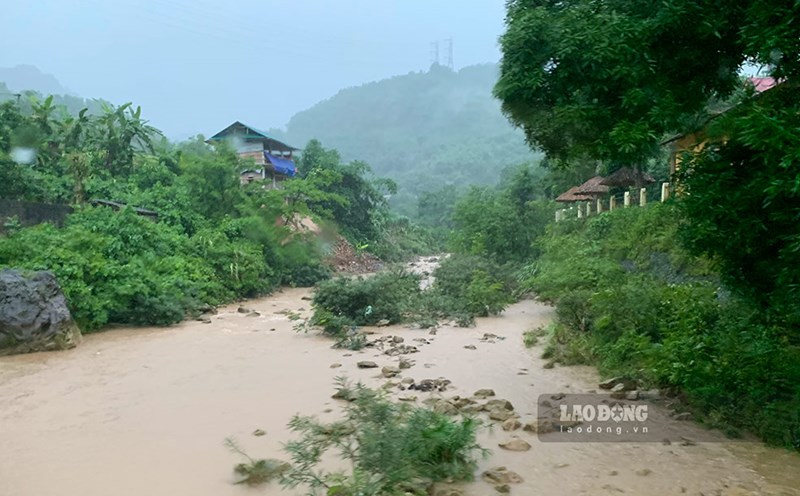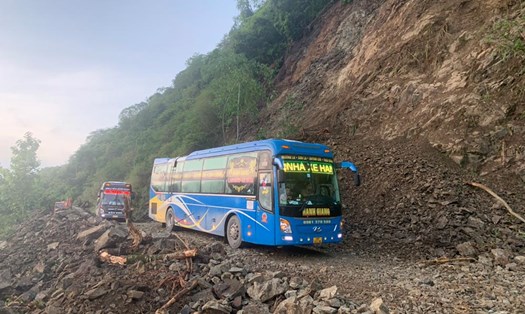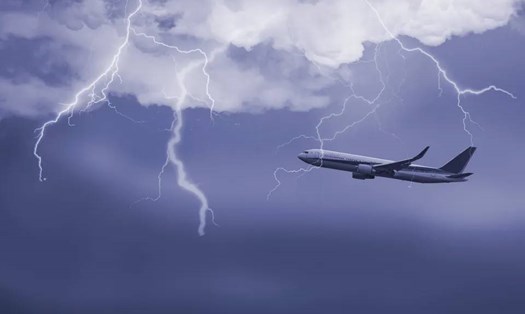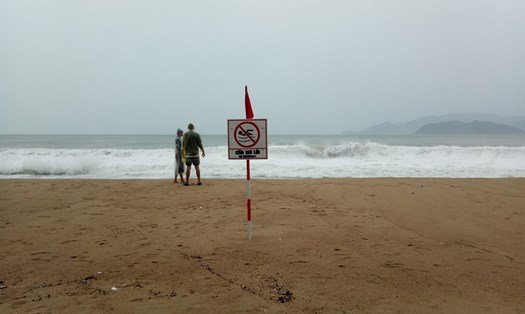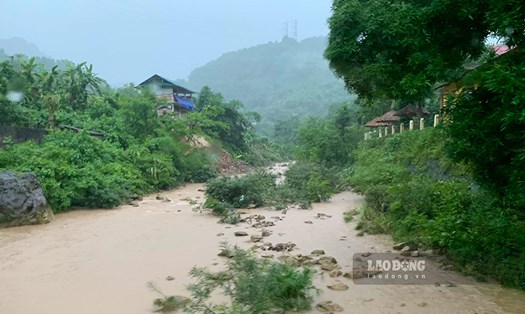According to the National Center for Hydro-Meteorological Forecasting, at 10:00 p.m. on September 4, the center of storm No. 3 Yagi was located at about 19.2 degrees North latitude; 116.5 degrees East longitude in the northeastern sea of the North East Sea, about 610km east of Hainan Island (China).
The strongest wind near the storm center is level 14 (150-166 km/h), gusting to level 17, moving west at a speed of about 10 km/h. The storm's wind speed has increased rapidly in the past 24 hours, and is forecast to continue to increase to 240 km/h, approaching super typhoon level by the evening of September 5.
Meteorological experts said that if storm No. 3 Yagi continues to strengthen on September 5, it could be recorded as having the fastest rate of strengthening among storms operating in the East Sea.
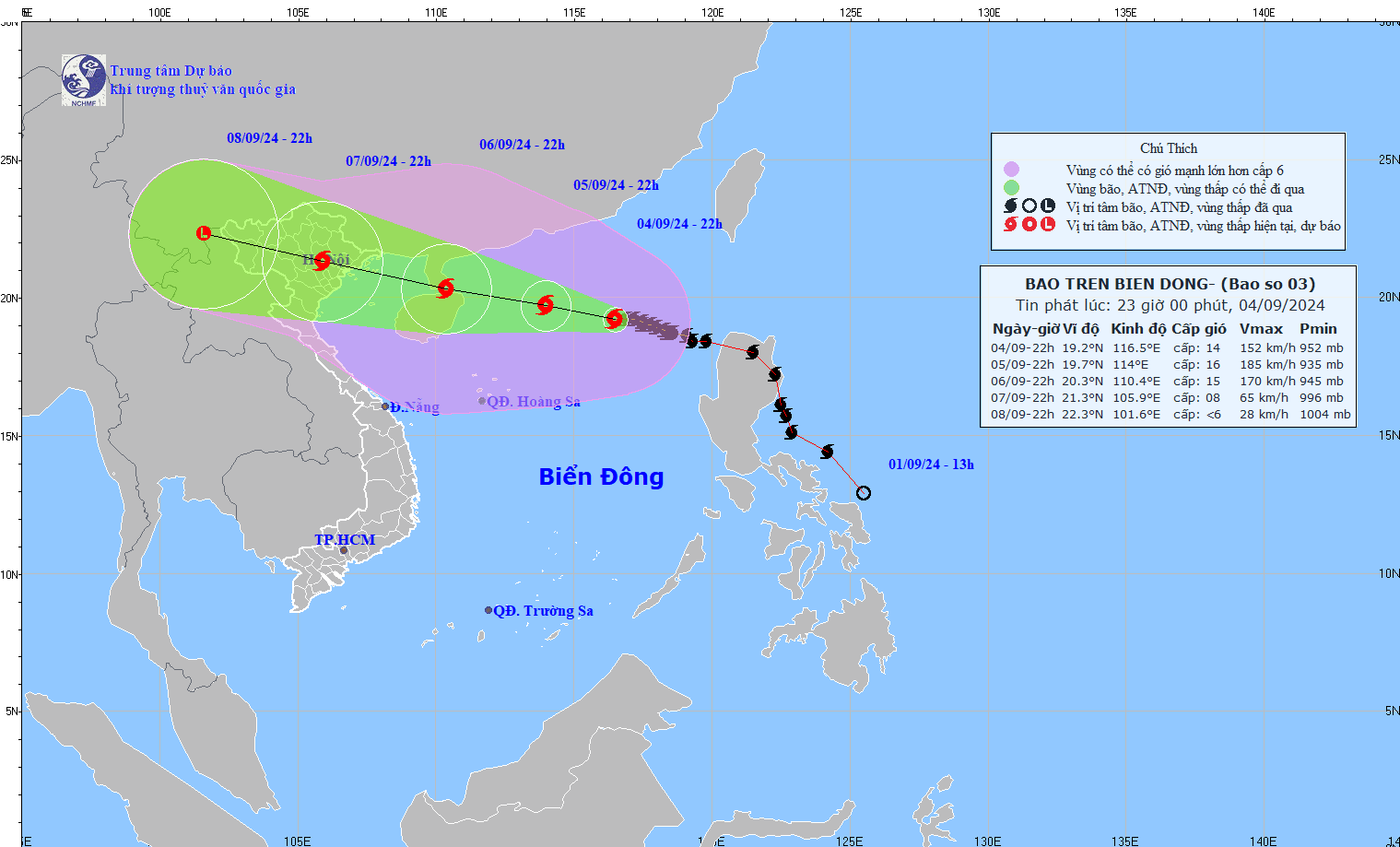
Airports expected to be affected by storm No. 3 Yagi include: Van Don airport (Quang Ninh), Cat Bi airport (Hai Phong), Noi Bai airport, Tho Xuan airport (Thanh Hoa). Vinh airport and Dien Bien airport may face rain and thunderstorms due to the storm.
Vietnam Airlines announced a change in the direction of some flight routes to avoid areas affected by storm No. 3. This adjustment may extend the operating time of flights.
Vietjet also announced that some flights may be affected, having to change landing routes or adjust take-off and landing times. Other flights will be affected in a chain reaction.
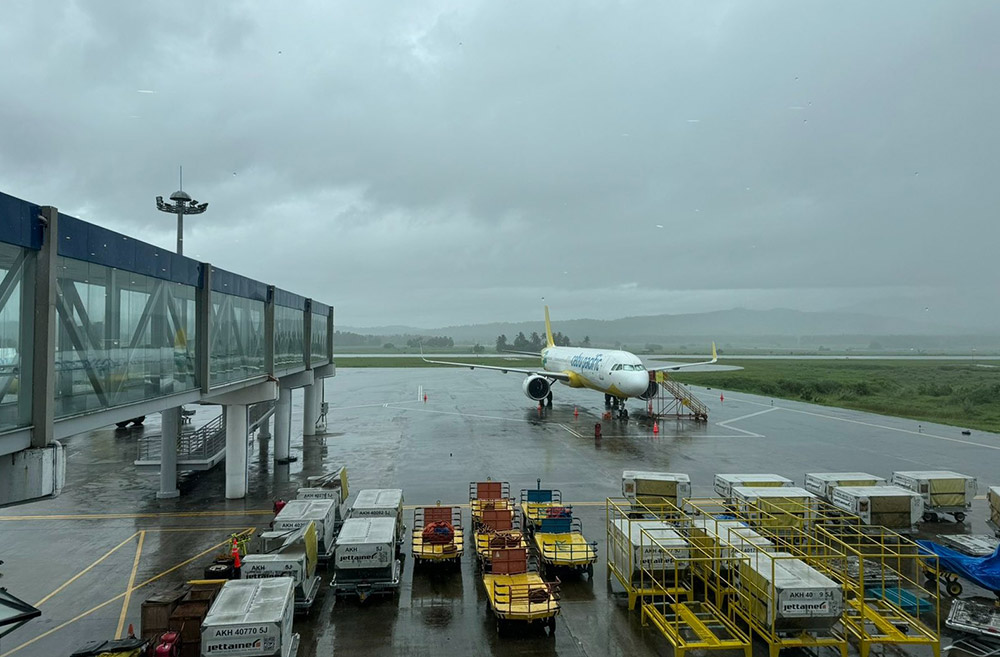
The flight schedules expected to be affected by storm No. 3 will be announced in the coming days. Passengers are advised to check flight schedules and weather before arriving at the airport; proactively monitor their flight information via official websites or airline applications or contact directly if support is needed.
The Civil Aviation Authority of Vietnam requires agencies and units to be ready to respond when the storm has unusual developments, to ensure the safety of flights, people and property at airports, and to minimize negative impacts on flight operations.
Some localities in the North and North Central regions such as Quang Ninh, Hai Phong, Ninh Binh, Thanh Hoa... have issued urgent dispatches on implementing response work to storm No. 3 Yagi.
Accordingly, the People's Committee of Quang Ninh province requested the Department of Tourism to keep a close eye on the number of tourists, especially at coastal tourist areas; inform tourism businesses about the storm situation so that businesses can proactively prepare plans to welcome guests.
Hai Phong City People's Committee requests to count and notify by all means the owners of vehicles operating at sea to urgently move to safe shelters;... absolutely do not let people on boats, rafts, fishery watchtowers when there is strong wind or storms, especially tourists at sea and on islands.
Based on the storm's developments, proactively determine the time to announce a sea ban and temporarily suspend inland waterway transport activities, river bridges, cable car systems, and entertainment areas at coastal tourist areas.

